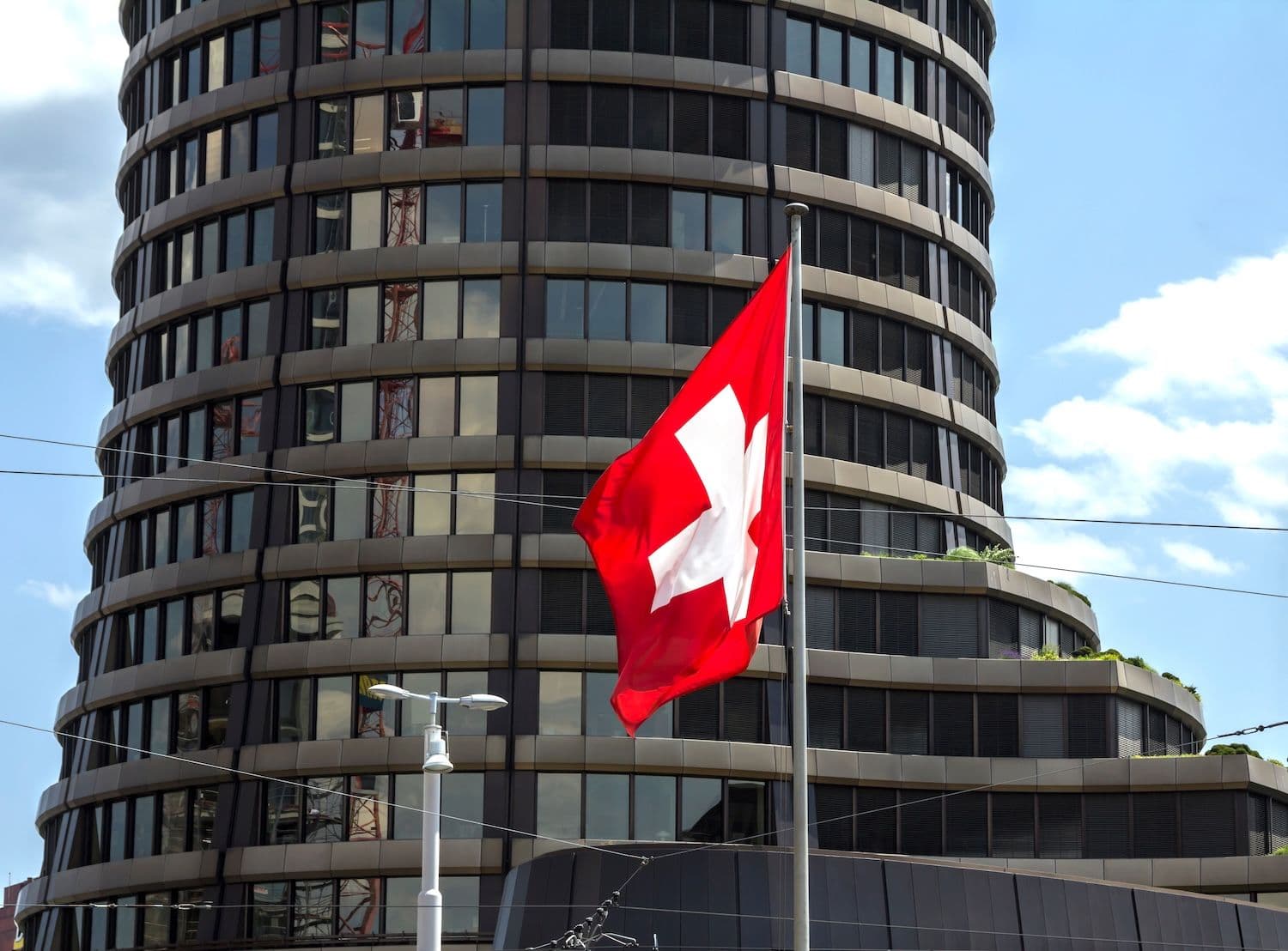The Bank for International Settlements delivered its most severe warning to date about stablecoins, citing threats to monetary sovereignty and financial stability as the $260 billion market continues expanding. The organization urged countries to accelerate development of tokenized central bank currencies to counter these emerging risks.
What to Know:
- BIS warns that stablecoins pose system-wide risks including potential capital flight from emerging markets and threats to monetary sovereignty
- The $260 billion stablecoin market is 99% dominated by dollar-pegged coins, with Tether's USDT controlling more than half the overall market
- Central bank officials advocate for "unified ledger" tokenization systems as an alternative to current stablecoin frameworks
Regulatory Tensions Mount as Market Expands
The warning arrives days after the U.S. Senate approved legislation creating a regulatory framework for dollar-pegged stablecoins. If the House approves the measure, analysts expect further explosive growth in stablecoin adoption. Current market dynamics show dollar-pegged coins dominating nearly the entire sector.
Stablecoins function as cryptocurrencies designed to maintain constant value through backing by real-world assets like U.S. Treasuries or gold. The BIS characterized these digital assets as fundamentally flawed compared to traditional central bank money.
"Stablecoins as a form of sound money fall short, and without regulation pose a risk to financial stability and monetary sovereignty," the organization stated in an early release from its annual report scheduled for Sunday publication.
Banking Officials Draw Historical Parallels
Hyun Song Shin, the BIS Economic Adviser, compared modern stablecoins to private banknotes that circulated during America's 19th-century Free Banking era. He emphasized that stablecoins lack the settlement function provided by central banks with traditional fiat currency.
This absence creates situations where stablecoins trade at varying exchange rates depending on their issuer.
Such variations undermine the fundamental principle that central bank-issued money maintains consistent value regardless of circumstances.
"Singleness is either you have it or you don't," Shin explained. He also highlighted risks of "fire sales" involving assets backing stablecoins during market collapses, referencing the 2022 failures of TerraUSD and LUNA cryptocurrency.
Market concentration presents additional concerns for regulators. Tether maintains control over more than half the stablecoin market but recently exited the European Union following new licensing requirements for stablecoin operators.
Transparency Questions Plague Industry
BIS Deputy General Manager Andrea Maechler raised fundamental questions about stablecoin operations and oversight. Her concerns centered on disclosure practices that vary significantly across different stablecoin providers.
"The whole question of disclosure, this is where some of the stablecoins differ," Maechler stated. "You will always have the question about the quality of the asset backing. Is the money really there? Where is it?"
These transparency issues compound broader regulatory challenges. Emerging market economies face particular risks from potential capital flight as investors shift toward dollar-denominated stablecoins during periods of local currency instability.
Tokenization Alternative Proposed
The BIS advocated for central banks to pursue tokenized "unified ledger" systems incorporating central bank reserves, commercial bank deposits, and government bonds. This approach would preserve central bank money as the primary global payment mechanism while enabling integration of currencies and bonds from multiple countries onto a single programmable platform.
Tokenization aims to create digitalized central bank systems capable of settling payments and securities trades almost instantaneously at reduced costs. The technology eliminates certain time-consuming verification processes while opening new functional possibilities.
Additional benefits include enhanced transparency, improved system resilience, and better interoperability. Such systems could also provide protection against unpredictable elements associated with existing cryptocurrencies.
Implementation faces significant challenges. Questions remain about rule-setting authority for these platforms, and individual countries likely will demand substantial control over currency usage and access.
Leadership Calls for Decisive Action
Outgoing BIS head Agustin Carstens emphasized the urgency of implementing comprehensive solutions to address growing stablecoin risks and capitalize on tokenization opportunities.
"Realising the full potential of the system requires bold action," Carstens declared in his statement accompanying the warning.
The timing of these statements reflects mounting pressure on global financial authorities to address rapidly evolving digital asset markets before they potentially destabilize existing monetary systems.
Final Thoughts
The Bank for International Settlements has escalated its warnings about stablecoins to unprecedented levels, citing systemic risks to global financial stability and monetary sovereignty. The organization's push for tokenized central bank alternatives represents a significant shift toward proactive digital currency policy as the $260 billion stablecoin market continues expanding.

